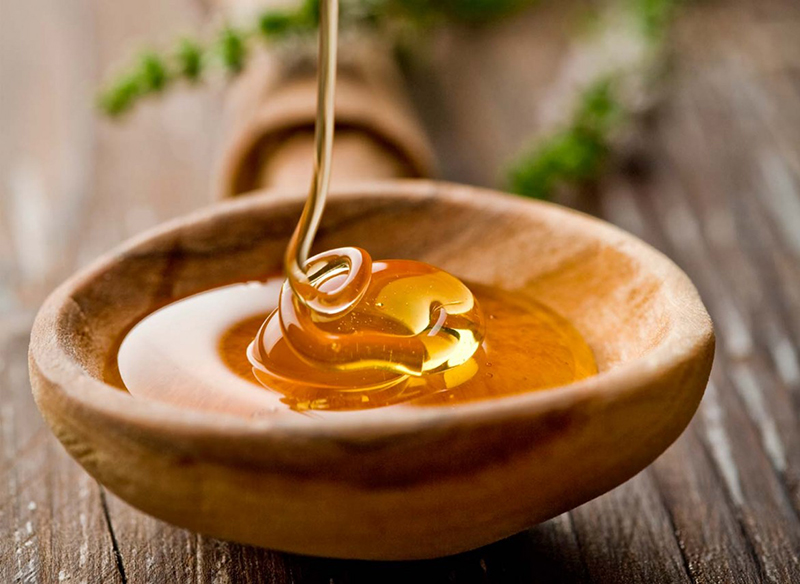It’s national honey month! This superfood is worth celebrating all year long. Honey is one of the most potent ingredients in natural skincare, yet despite all its power it is one of the most delicate and gentle ingredients you can put on your face. Honey belongs in every skincare routine—from young, oily and acne-ridden complexions to the dry, maturing face. It’s an ingredient you should use throughout your entire life.
Let’s get down to a few basics. Honey is helpful for so many skin types because it is so healing. In fact, honey can be used to treat wounds because it is antiseptic and creates a barrier that protects wounds while allowing skin to breath. A few years ago my husband had an accident that required some pretty gnarly stitches. When I declared we were going to put raw honey on it rather than the petrochemical filled ointment the hospital sent home with us, he was certain I was crazy, but a quick phone call to his doctor confirmed that yes—honey is a powerful wound treatment.
Honey shines in a few areas. Its natural antibacterial and probiotic properties help heal existing acne and keep new breakouts from happening. It’s also incredibly moisturizing and softening, so it boosts your complexion and gives skin a plumped glow. This plus the healthy dose of antioxidants it offers makes honey a powerful anti-aging ingredient. You can apply raw honey to your face as a mask treatment several times a week. You can also use raw honey daily as a gentle cleanser, which is particularly wonderful for stressed, inflamed skin conditions like rosacea or eczema. You can also add honey to your favorite dry mask or exfoliating treatment, like the Clean Dirt, for an extra nutrient boost.
Always use raw honey, and if you can source organic that can be better, too—but not always. Local honey producers in your area may not be certified organic, but if you can find small local producers chances are their raw honey is superior to many large-scale producers whose products line the grocery store shelves. If you are buying at the grocery store, look for raw Manuka honey—a variety that hails from New Zealand and comes from bees that pollinate the native manuka honey bush. Manuka honey can be up to 100 times more potent than other kinds of honey, so the benefits are more concentrated. Regardless, make sure your honey is raw. Otherwise it has been hyper processed to the point that all of the beneficial properties are zapped.
There are many beautiful products that feature raw honey, too. Here are a few to get you started…
- May Lindstrom The Honey Mud
- Laurel Honey Berry Enzyme Facial Mask
- Osmia Organics Honey-Myrrh Lip Repair
- La Bella Figura Bio Active Purifying Mask

This was a really informative blog post Susannah – thank you! That’s really fascinating how your husband’s wound could be treated with honey. Our family has long adored honey for sore throats and natural cough suppressant and we were so encouraged when we took our daughter to the doctor for bronchitis last year and her doctor actually recommended using honey 4-6x a day instead of the old standby nasty kid’s cough syrup!
Thanks for reminding me about the wonderful Honey Mud from May Lindstrom. I’m going to order some for soothing fall fask masks – it smells & feels like the most incredible chocolate pudding ever and is such a treat to use – I appreciate you mentioning it in your list of honey products as it reminded me how much I miss using it! I’m so happy Marc & Terri carry May’s products now 🙂